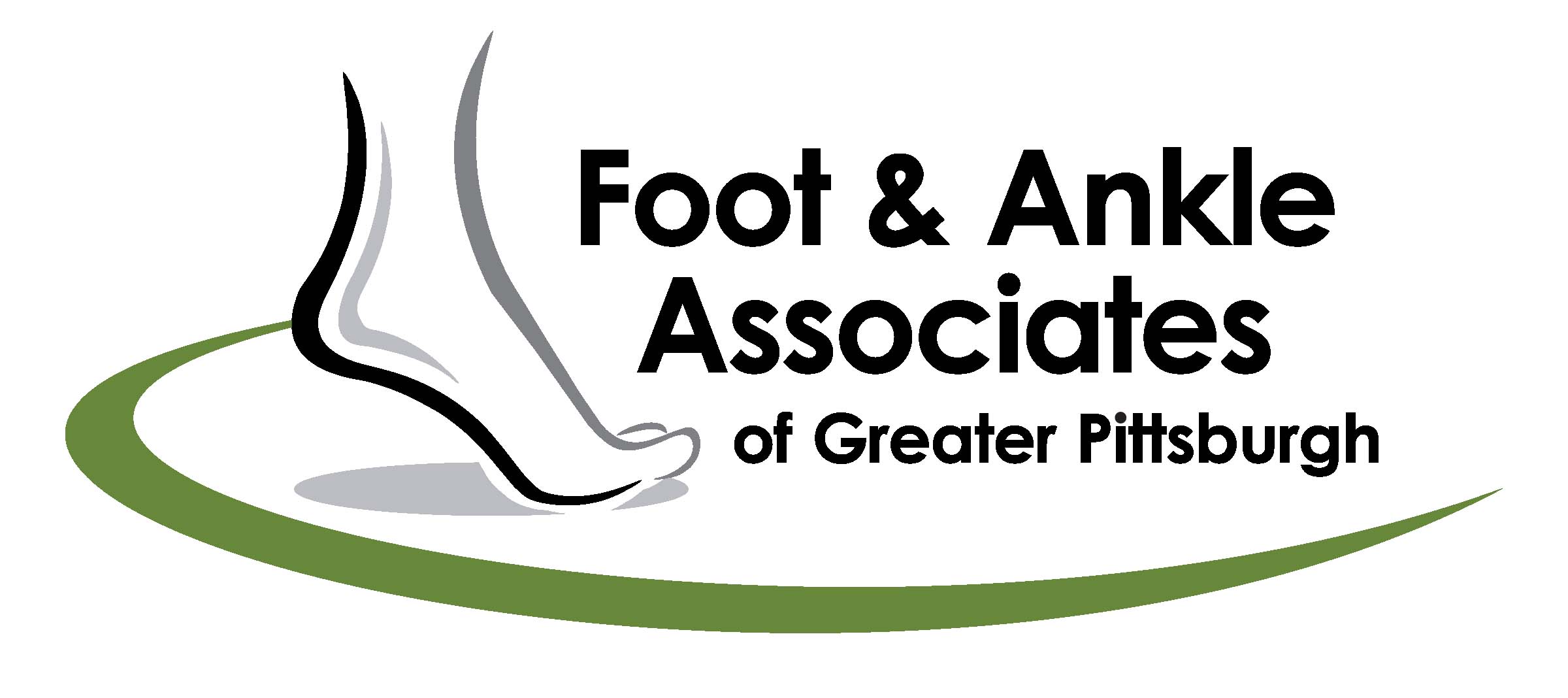Preparing for Foot and Ankle Surgery
If you’re preparing for foot and ankle surgery, it’s normal to feel a mix of anticipation and concern. Whether you’re undergoing a procedure for bunions, heel pain, or a more complex foot or ankle condition, the steps you take before surgery can make a big difference in your outcome. At Foot and Ankle Associates of Greater Pittsburgh, our goal is to keep you informed, supported, and confident throughout every phase of your surgical journey. This guide will walk you through what to expect before surgery, how to prepare, and how to set yourself up for a smooth and successful recovery.
Why Foot and Ankle Surgery May Be Necessary
When conservative treatments such as rest, orthotics, medication, or physical therapy no longer bring relief, surgery may become the most effective option for lasting improvement. Common reasons for foot and ankle surgery include chronic heel pain, tendon or ligament injuries, arthritis, ankle instability, fractures, and structural issues like bunions or hammertoes. Your surgeon will discuss your condition in detail and explain why a surgical solution may offer the best path to long-term relief and improved mobility.
What to Expect at Your Pre-Surgical Visit
Your preparation begins with a comprehensive pre-operative consultation. During this appointment, your specialist will review your medical history, assess imaging results such as X-rays or MRIs, and clearly explain the procedure being performed. You’ll also receive specific instructions, including when to stop certain medications, what to do the night before surgery, and how to care for your foot afterward.
It’s the perfect opportunity to voice any concerns and get answers to questions you may have before moving forward. Knowing what to expect can ease anxiety and help you feel more in control of the process.
Getting Your Home Ready
Following surgery, getting around may be more difficult—particularly if you’re advised to keep weight off the treated foot. Preparing your home ahead of time can make recovery easier and more comfortable. Set up a living space on the first floor if stairs will be difficult. Make sure essentials such as your phone, charger, medications, and snacks are easily accessible to avoid unnecessary movement.
Bathrooms can be tricky to navigate after surgery, so consider using a shower chair or installing grab bars. If your surgeon has recommended using crutches, a knee scooter, or a walking boot, make sure those items are ready to go before your procedure.
Day of Surgery: How to Prepare
On the day of surgery, follow your pre-op instructions closely. This may include fasting after midnight, showering with antiseptic soap, and arriving early to complete check-in. Wear loose-fitting clothes that are easy to change out of and won’t interfere with your surgical site.
Foot and ankle surgeries are often done on an outpatient basis, allowing you to go home the same day. Make arrangements for a friend or family member to drive you and assist once you’re home.
After Surgery: Recovery and Expectations
Post-surgical recovery varies depending on the procedure, but it’s common to experience some swelling, bruising, and discomfort for several days. Your doctor will provide detailed instructions on how to care for your foot, including how to manage pain, when to elevate your foot, and how to change your dressings.
You may need to keep your foot non-weight-bearing for several weeks, and follow-up appointments will be scheduled to monitor your healing. Physical therapy may also be recommended to restore strength and flexibility once healing is underway.
Tips for a Smooth Recovery
Recovering from foot and ankle surgery takes time and patience. Follow all post-op instructions closely, protect your surgical site, and attend every follow-up appointment. Begin rehab or physical therapy when approved, and avoid putting unnecessary pressure on your healing foot. Pay attention to how your body feels and allow yourself the time needed for a complete recovery.
Keep an eye out for signs of infection or complications—such as increased redness, drainage, persistent swelling, or fever—and call your doctor right away if you notice anything unusual.
When to Contact Your Surgeon
Some discomfort is normal, but there are specific symptoms that warrant immediate attention. If you experience persistent or severe pain, numbness, difficulty using your mobility aids, or unusual changes at the incision site, contact Foot and Ankle Associates of Greater Pittsburgh promptly so we can address any issues early.
Trust the Experts in Surgical Foot and Ankle Care
Preparing for foot and ankle surgery doesn’t have to feel overwhelming. With the right support, guidance, and planning, you can approach your procedure with confidence. At Foot and Ankle Associates of Greater Pittsburgh, we’re here to guide you through every step—from preparation through full recovery—offering expert surgical care and personalized attention.
If you’re considering foot or ankle surgery, we’re here to help. Call us at (724) 774-1525 or schedule an appointment now!
Contact Us
Office
336 College Avenue, Suite 106, Beaver,
PA , 15009
Monday to Friday : 8am – 4:30pm
Saturday : Closed
Sunday : Closed

